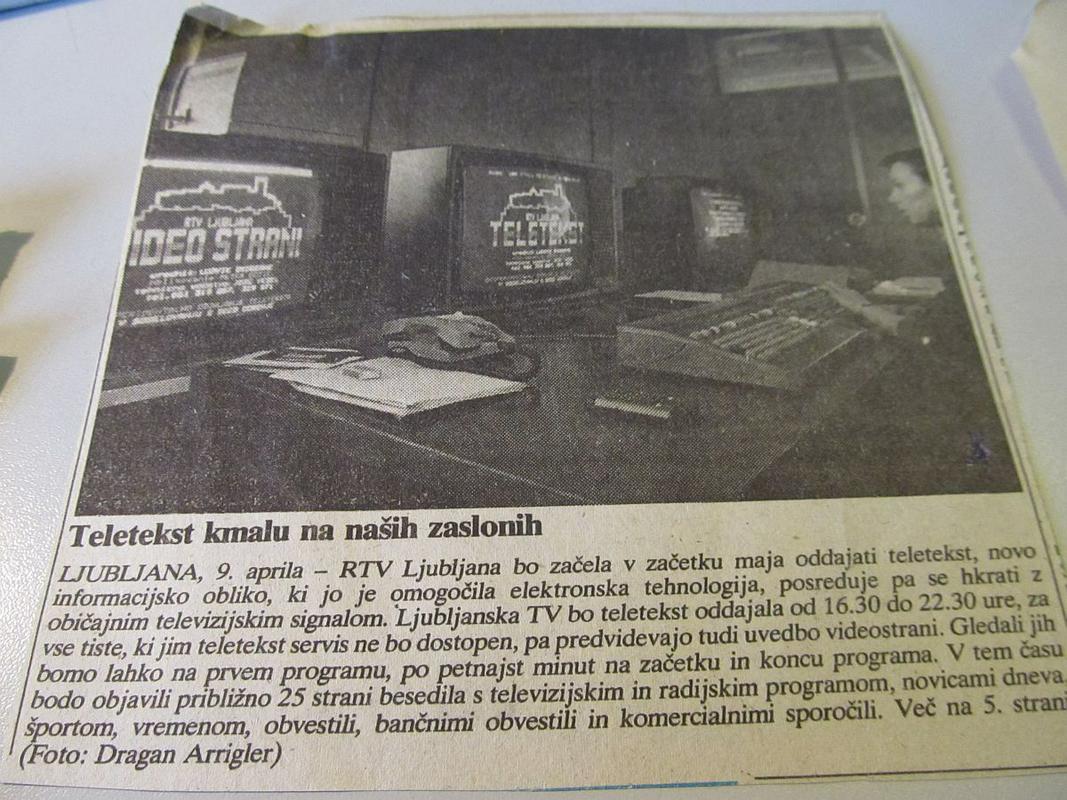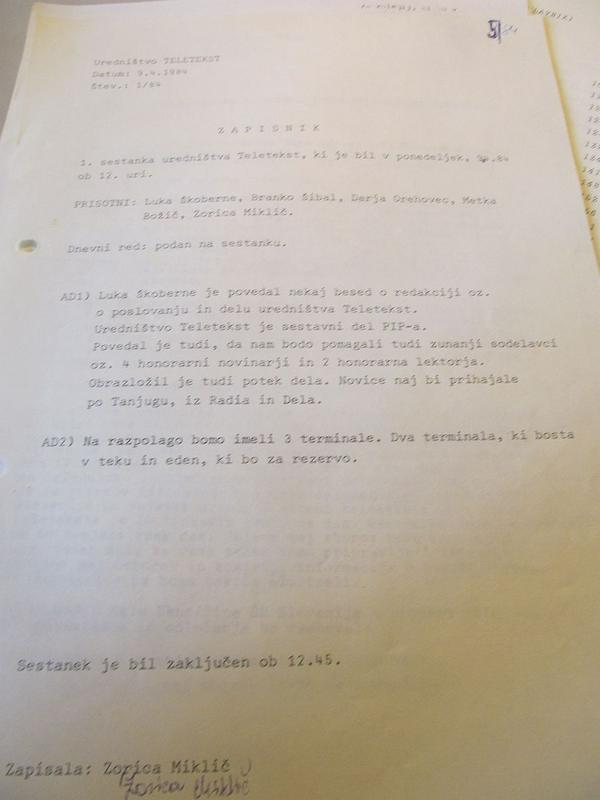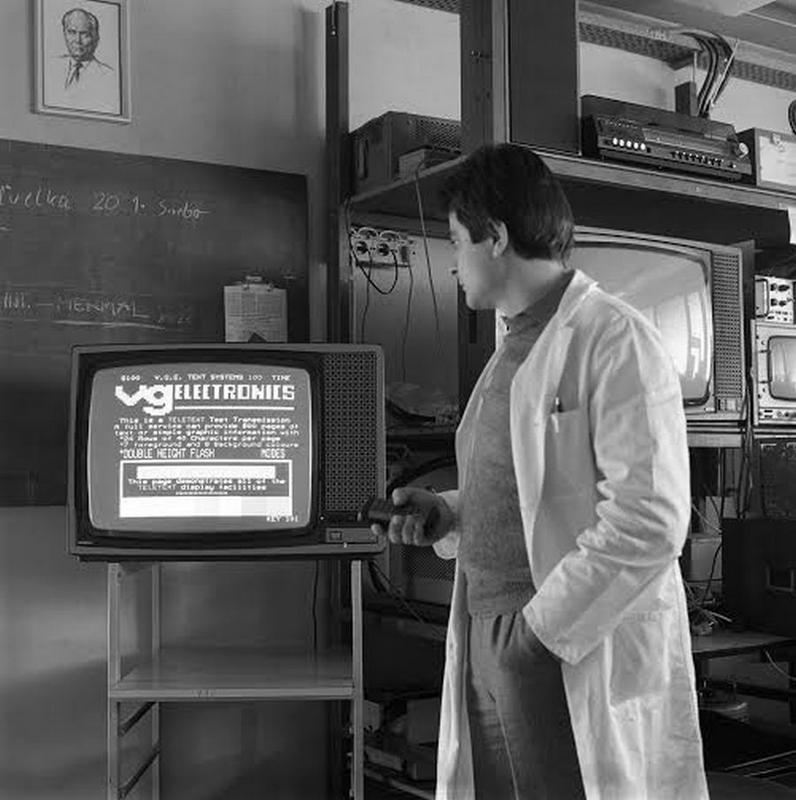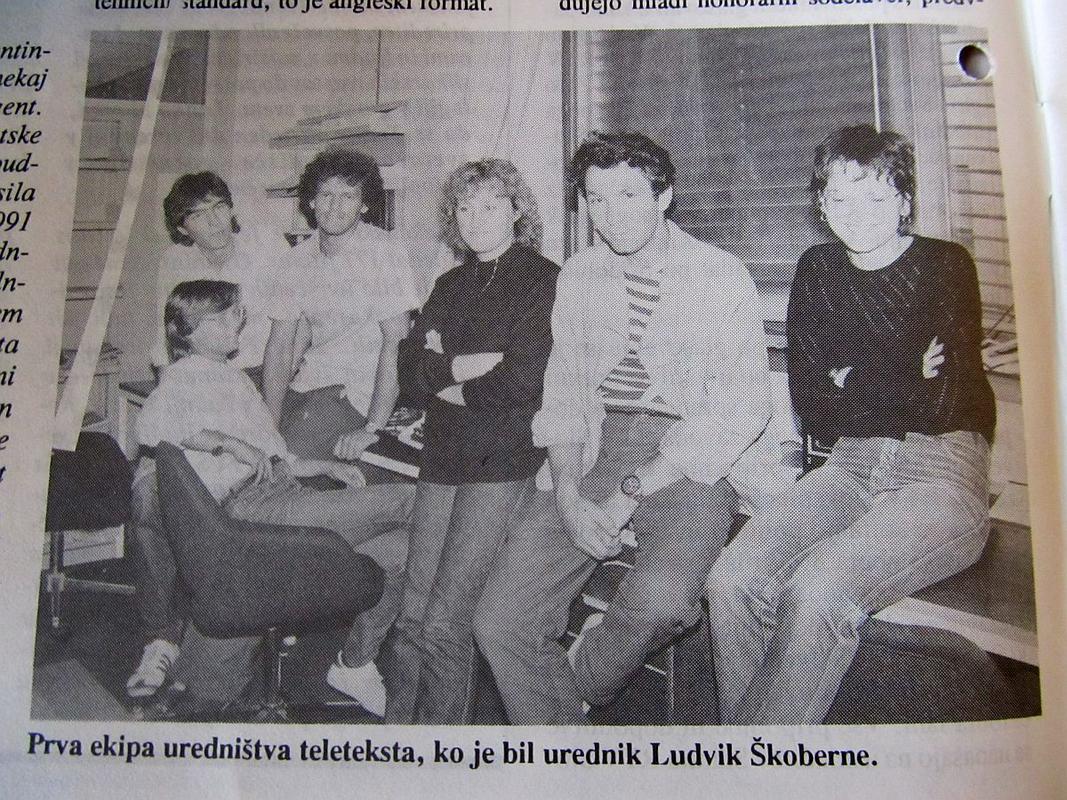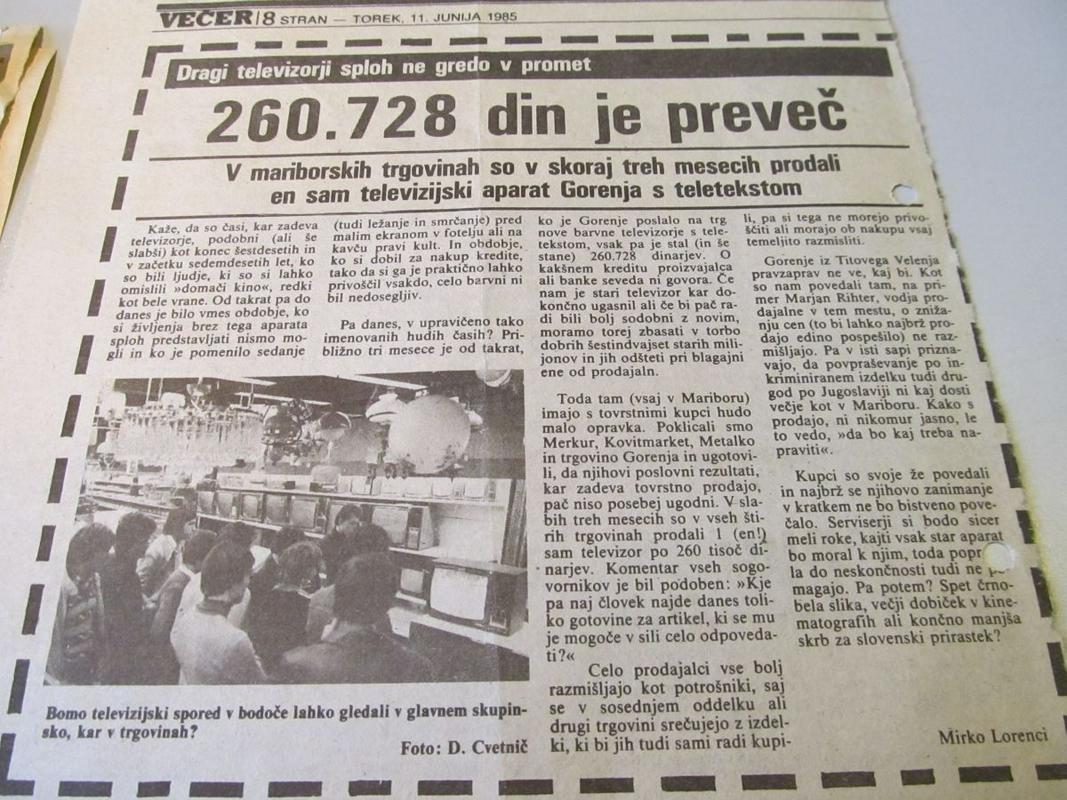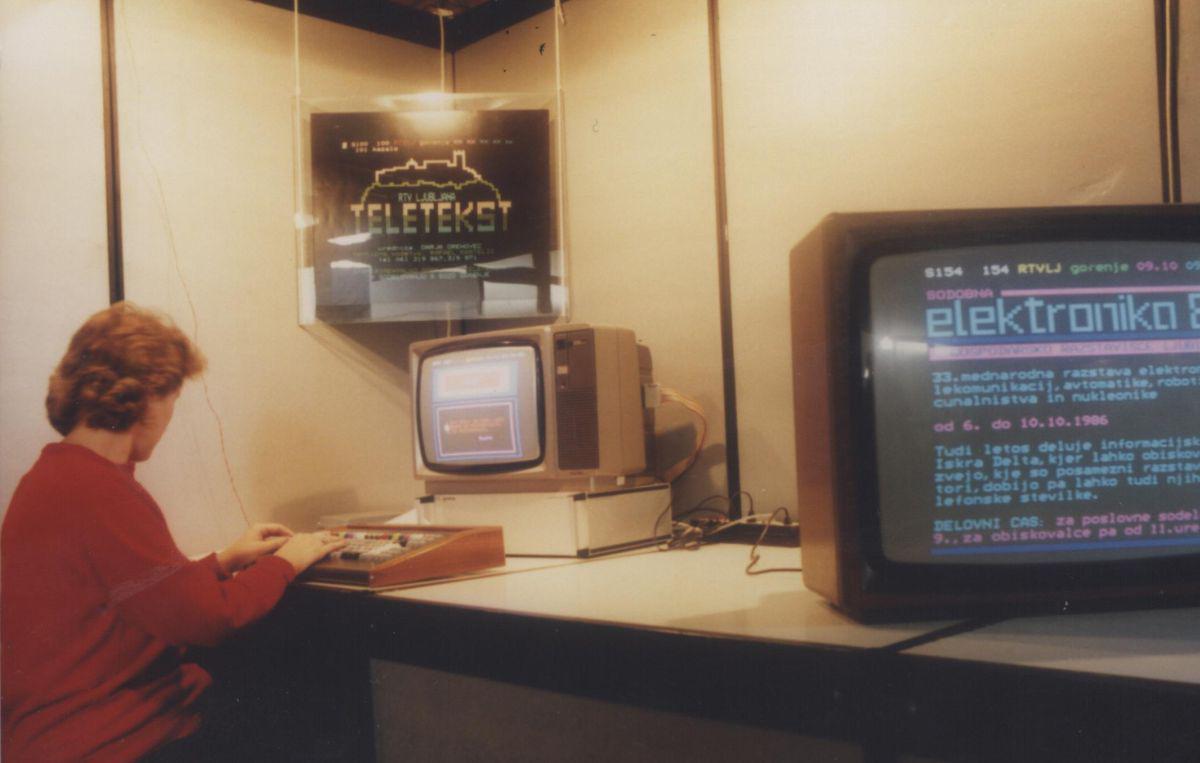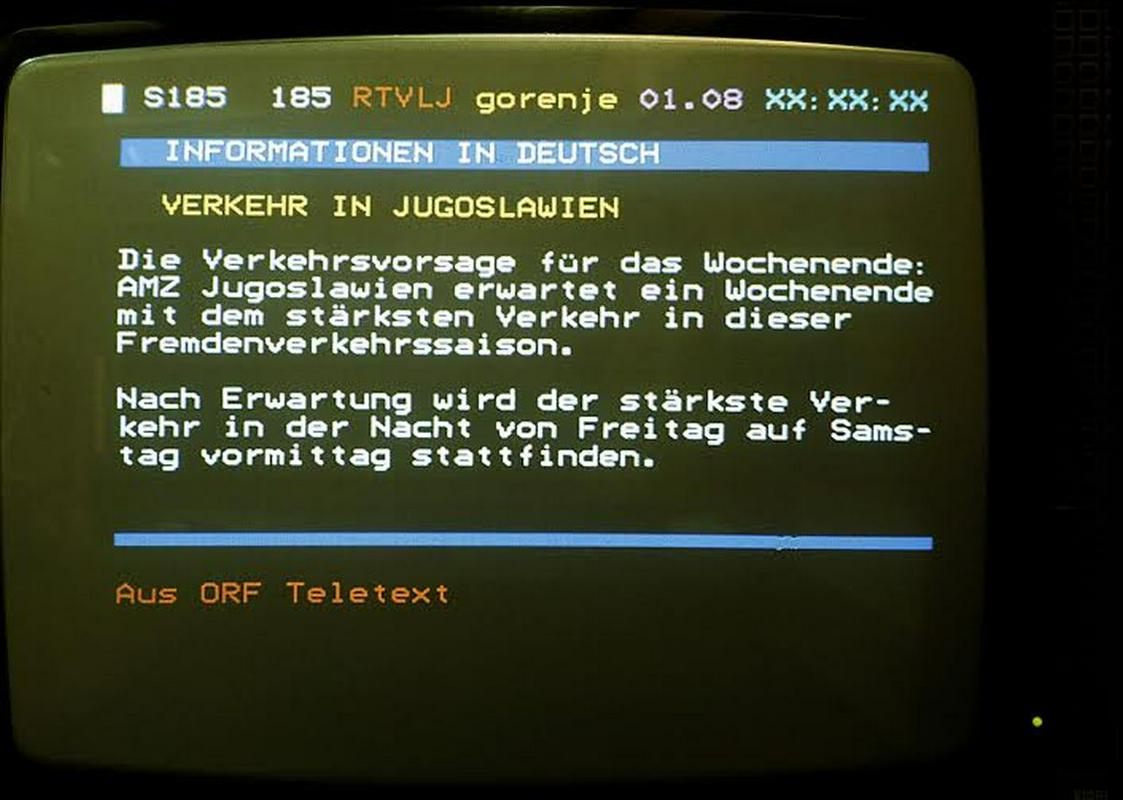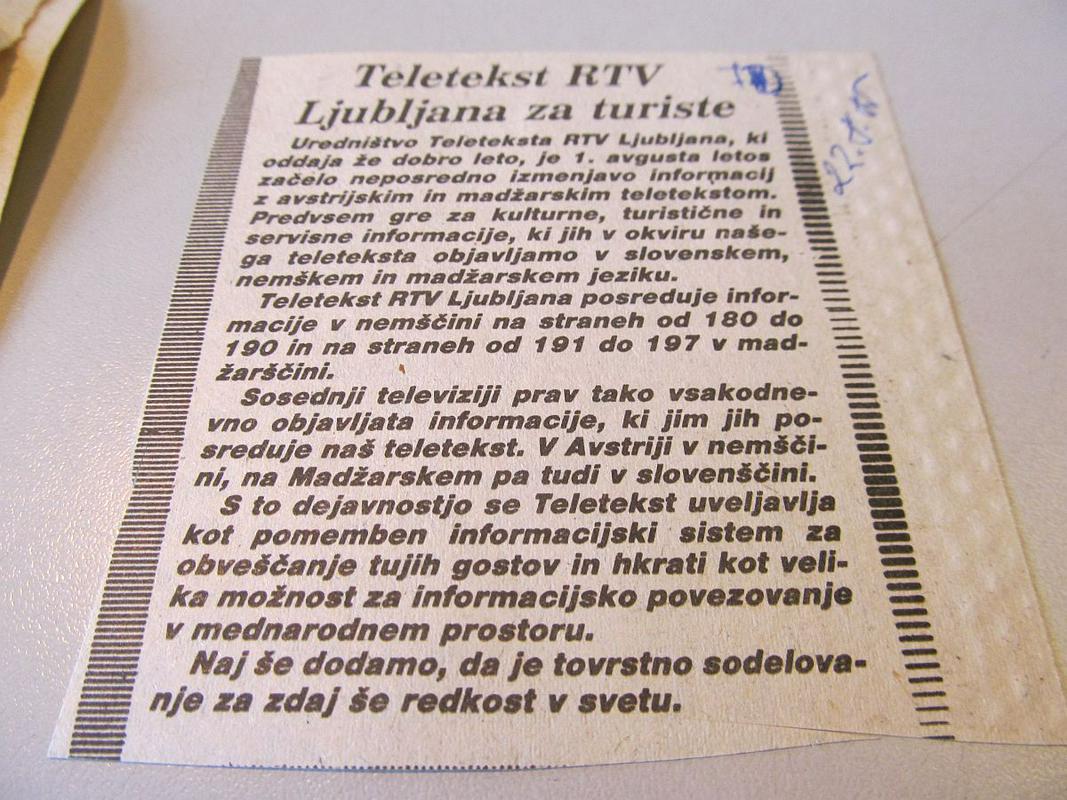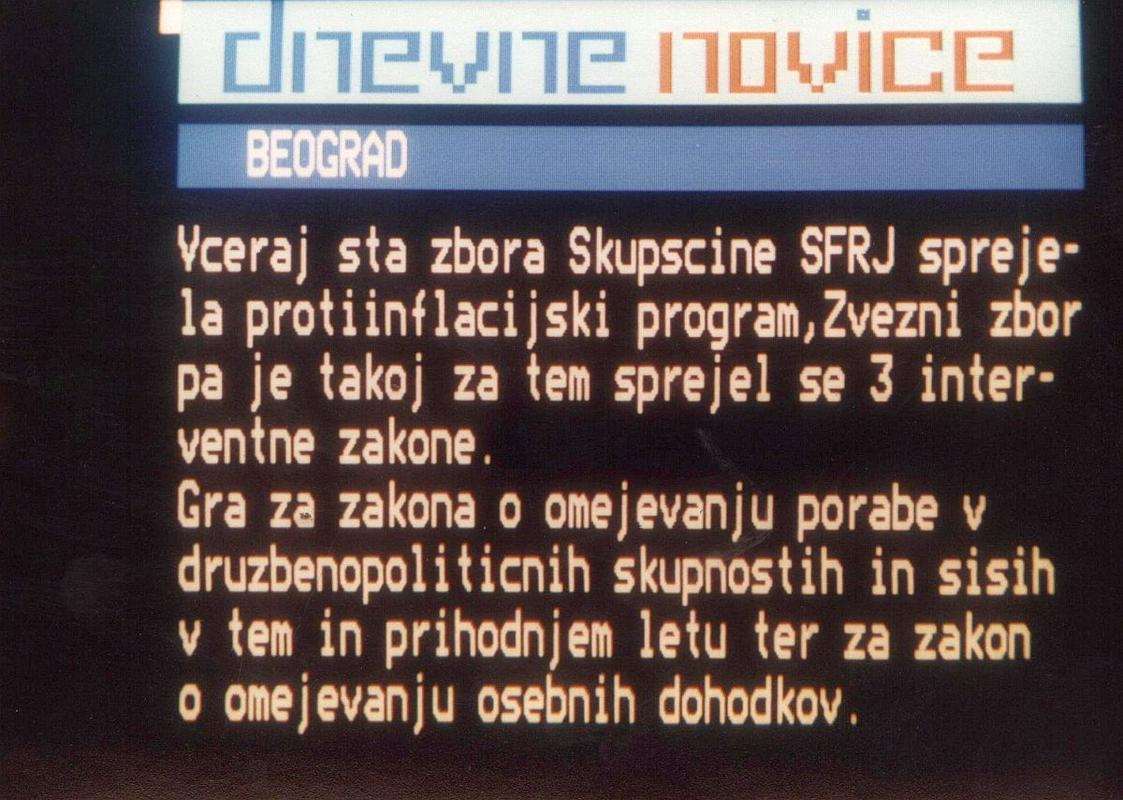
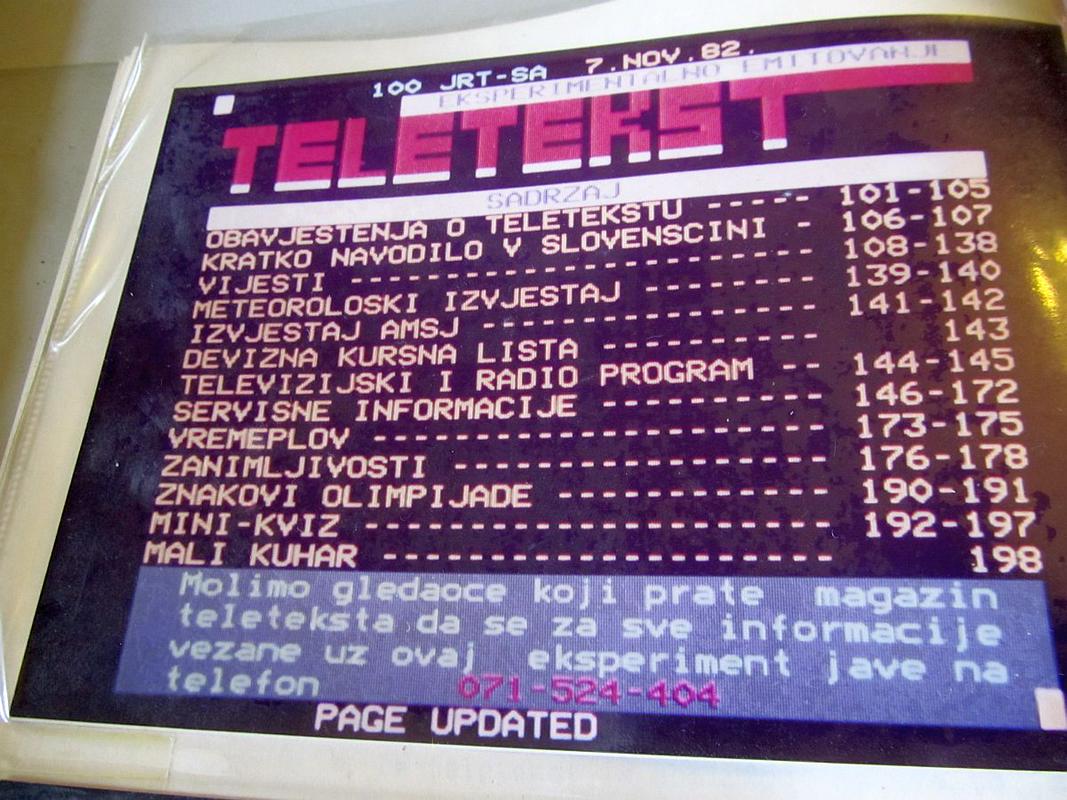
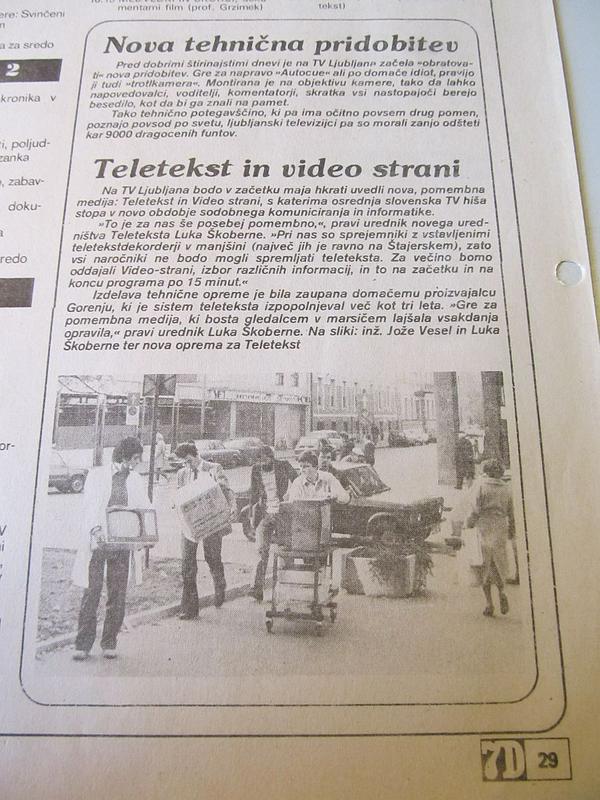
The development of internet and the news websites was still in the early stages, and the leading role in spreading information still belonged to television, radio, and press. Teletext has already been present for some time, and it predicted the coming information revolution, and transformation of production, distribution, and reception of news.
During the 30 years the contents of teletext kept changing and adapting due to the changing needs of the users, development of internet, and changed access to information. Some contents were abandoned, but new and contemporary were being added. When considering the reasonability of continuing with teletext, and its possible obsolescence, the facts always spoke in its favour – also because of the users who kept reminding us of their need for an easy access to information, available just by pressing a couple of keys on the remote control. Therefore we thoroughly adapted the contents of teletext, and added a new, to the users more friendly contents page. The newest addition is the column News in English on page 330.
Teletext is, of course, the thing of analogue television. The first to make use of the so-called VBI - Vertical Blanking Interval, the unused "space" for transfer of picture included into the analogue television signal, was the British BBC in 1974.
Ten years later, on May 7 1984 at 5.20 pm the TV viewers in Slovenia were able to access teletext as well. This round jubilee is celebrated by MMC as well, as the Multimedia centre RTV Slovenija developed in 2002 from the Teletext editorship.
The first editor of teletext, Luka Škoberne, explained for MMC how the things were done at that time: "Teletext was broadcasted simultaneously with the television programme; in other times it was not accessible. We had to pay attention to the basic fact that the success of teletext depends on the regular update of information, i.e. information has to be up-to-date and fresh. From the very beginning we considered that there was a point in teletext only with constant, and fast updates. Especially the so-called service information needs to be constantly and correctly updated. It is one of the things I resent at today's teletext. I was very annoyed with my co-workers if they failed to update information hourly. But I must say that I was lucky with my co-workers. We came up with a number of solutions, among others we connected with the Airport. One of the breakpoints which brought teletext closer to the users was the earthquake in Columbia – we published the information 16 hours ahead of the then national press agency Tanjug. How did we manage to do that? We had an agreement with BBC which allowed us to publish all their information on our teletext. That agreement allowed us to bypass the standard information routes and national agencies, especially with the international events. We received information directly from BBC and ORF. We followed their teletext, and transferred the information to our teletext. Later we agreed with ORF on another innovation: it was the first time that a two-sided agreement was signed for exchange of teletext pages. They published our pages in the Slovenian language, and we published their pages in the German language. So we exchanged data on weather, road conditions, sea temperatures etc. Among the editorial innovations we introduced was also the transfer of data from Planica in 1985: we directly entered data on ski flights, e.g. wind speed etc. It was the first test of direct connection of teletext with an external computer system."


